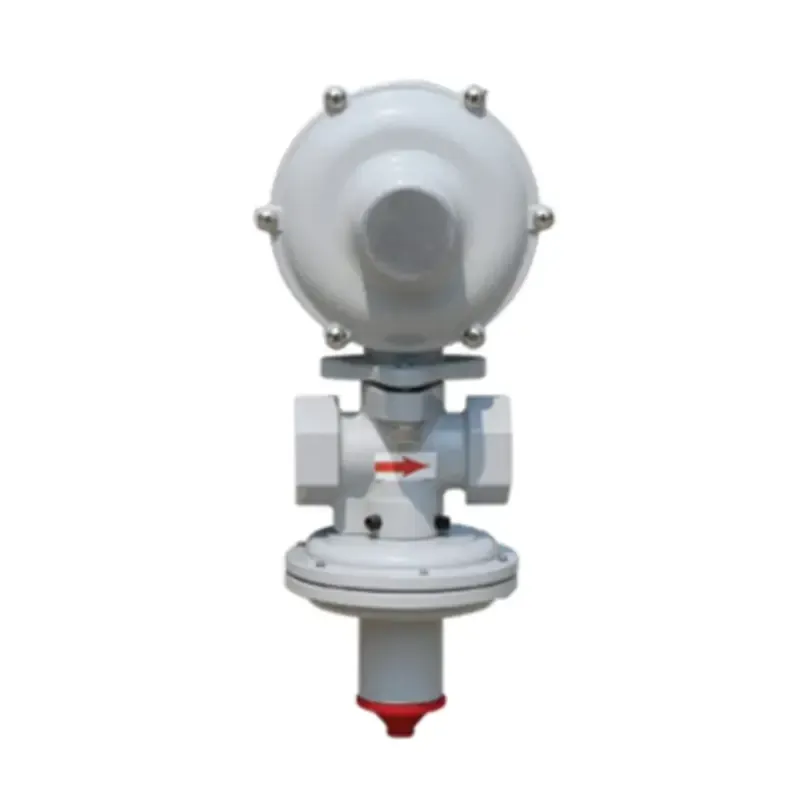
Oct . 05, 2024 00:11
Back to list
gas pressure reducing valve
Understanding Gas Pressure Reducing Valves Essential Components for Safe Gas Distribution
Gas pressure reducing valves (PRVs) play a pivotal role in managing and regulating the pressure of gases in various applications, including residential heating, industrial processes, and commercial cooking. These devices ensure that the gas delivered to appliances or equipment is at a safe and usable pressure, thereby enhancing safety and efficiency in gas distribution systems.
What is a Gas Pressure Reducing Valve?
A gas pressure reducing valve is a mechanical device designed to reduce the incoming high pressure of gas to a lower, more manageable pressure suitable for use. These valves are equipped with spring-loaded mechanisms that automatically adjust to changes in downstream pressure, ensuring a constant outlet pressure regardless of fluctuations in the upstream supply pressure.
How Do Gas Pressure Reducing Valves Work?
The operation of a PRV is relatively straightforward. The valve is connected to a gas supply line, where it receives gas at high pressure. Inside the valve, a diaphragm or piston responds to the pressure changes. When the input pressure exceeds the desired output pressure, the valve mechanism reduces the flow of gas until the set pressure is achieved. This regulation process is critical because it prevents damage to downstream equipment and appliances that could occur if they were subjected to excessive pressure.
Types of Gas Pressure Reducing Valves
There are several types of gas pressure reducing valves, each designed for specific applications
1. Single-Stage PRVs These valves reduce the pressure in one step. They are commonly used in applications where the pressure drop is not significant.
2. Two-Stage PRVs These valves reduce the pressure in two steps, providing more precise control of the outlet pressure. They are ideal for applications requiring stable output pressures over a wide range of input pressures.
gas pressure reducing valve

3. Automatic PRVs These valves automatically adjust the outlet pressure in response to changes in demand or supply conditions. They are often used in more complex systems where demand can fluctuate significantly.
4. Manual PRVs These valves require manual adjustments to change the outlet pressure. They are typically used in less complex systems where precise control is needed but is not frequently adjusted.
Applications of Gas Pressure Reducing Valves
Gas pressure reducing valves are utilized in a variety of applications, including
- Residential Heating They ensure that natural gas reaches boilers or furnaces at safe pressures for efficient heating. - Industrial Processes In manufacturing, PRVs maintain the necessary pressure for gas-fueled processes, contributing to both safety and operational efficiency. - Commercial Cooking Restaurants utilize PRVs to ensure that gas stoves and ovens operate safely and efficiently, preventing the risk of overpressure.
Safety Considerations
The importance of gas pressure reducing valves cannot be overstated, especially from a safety perspective. High gas pressures can lead to dangerous situations such as leaks, explosions, or equipment malfunctions. Therefore, it is crucial to maintain and regularly check these valves to ensure their proper function. Installation should also be performed by qualified professionals to comply with safety regulations and standards.
Conclusion
In summary, gas pressure reducing valves are essential components in gas distribution systems, underscoring the need for proper pressure regulation in various applications. By reducing high supply pressures to safe levels, PRVs enhance the safety and efficiency of gas usage in residential, industrial, and commercial settings. As technology advances, the design and functionality of these valves continue to improve, ensuring that they meet the evolving needs of gas consumers while adhering to stringent safety standards. Understanding their operation, types, applications, and maintenance requirements is vital for anyone involved in managing gas distribution systems, promoting a safer environment for all.
Latest news
-
Safety Valve Spring-Loaded Design Overpressure ProtectionNewsJul.25,2025
-
Precision Voltage Regulator AC5 Accuracy Grade PerformanceNewsJul.25,2025
-
Natural Gas Pressure Regulating Skid Industrial Pipeline ApplicationsNewsJul.25,2025
-
Natural Gas Filter Stainless Steel Mesh Element DesignNewsJul.25,2025
-
Gas Pressure Regulator Valve Direct-Acting Spring-Loaded DesignNewsJul.25,2025
-
Decompression Equipment Multi-Stage Heat Exchange System DesignNewsJul.25,2025

